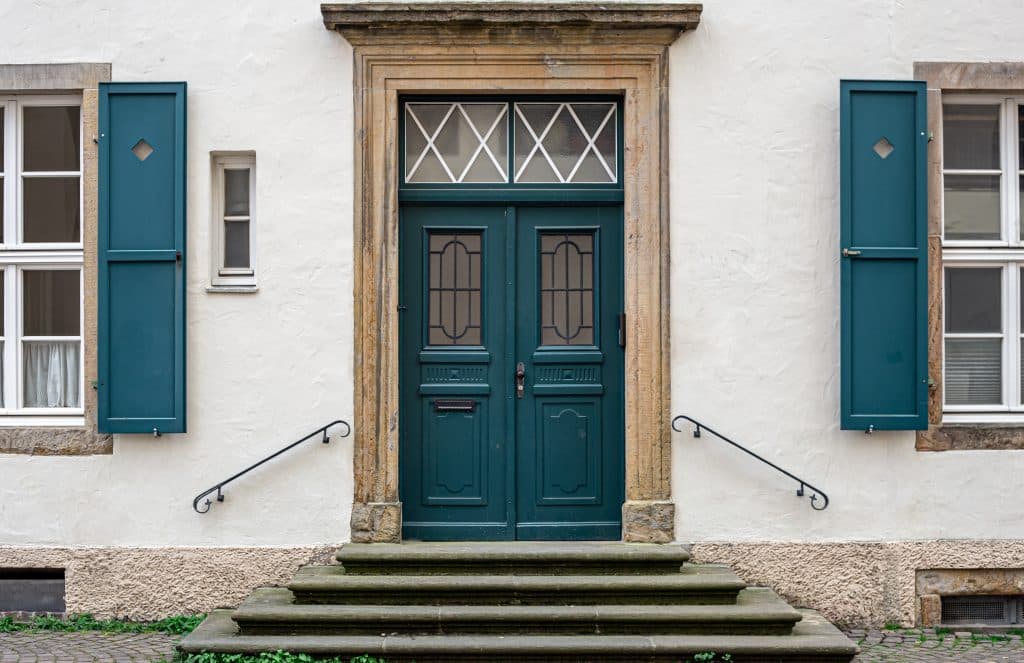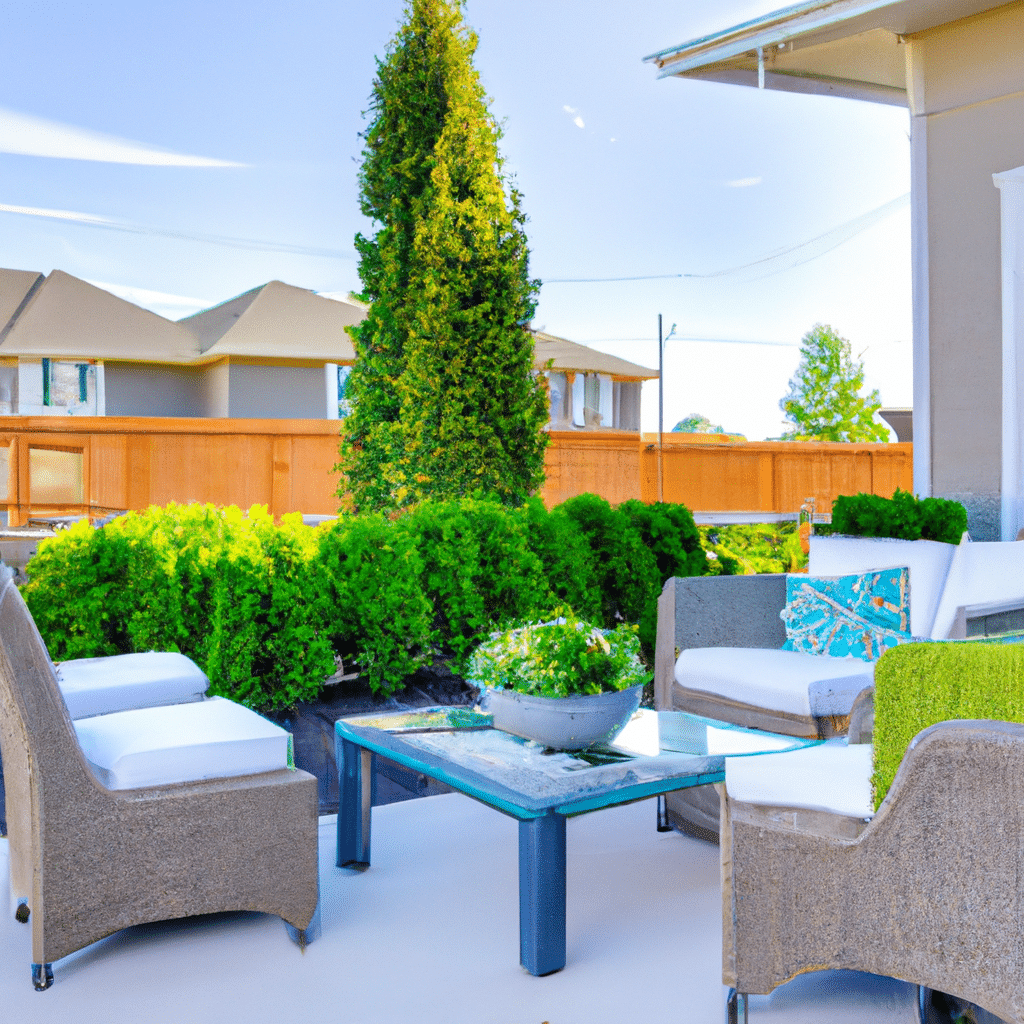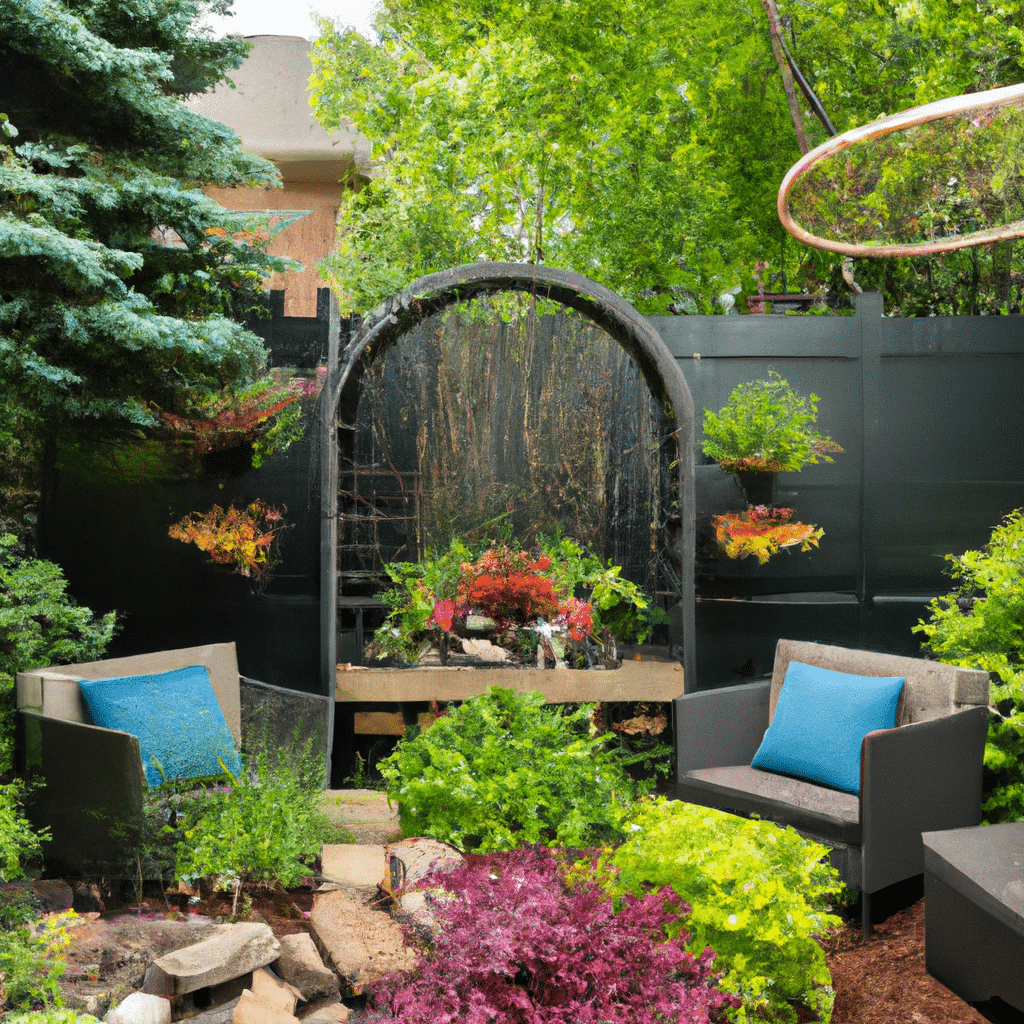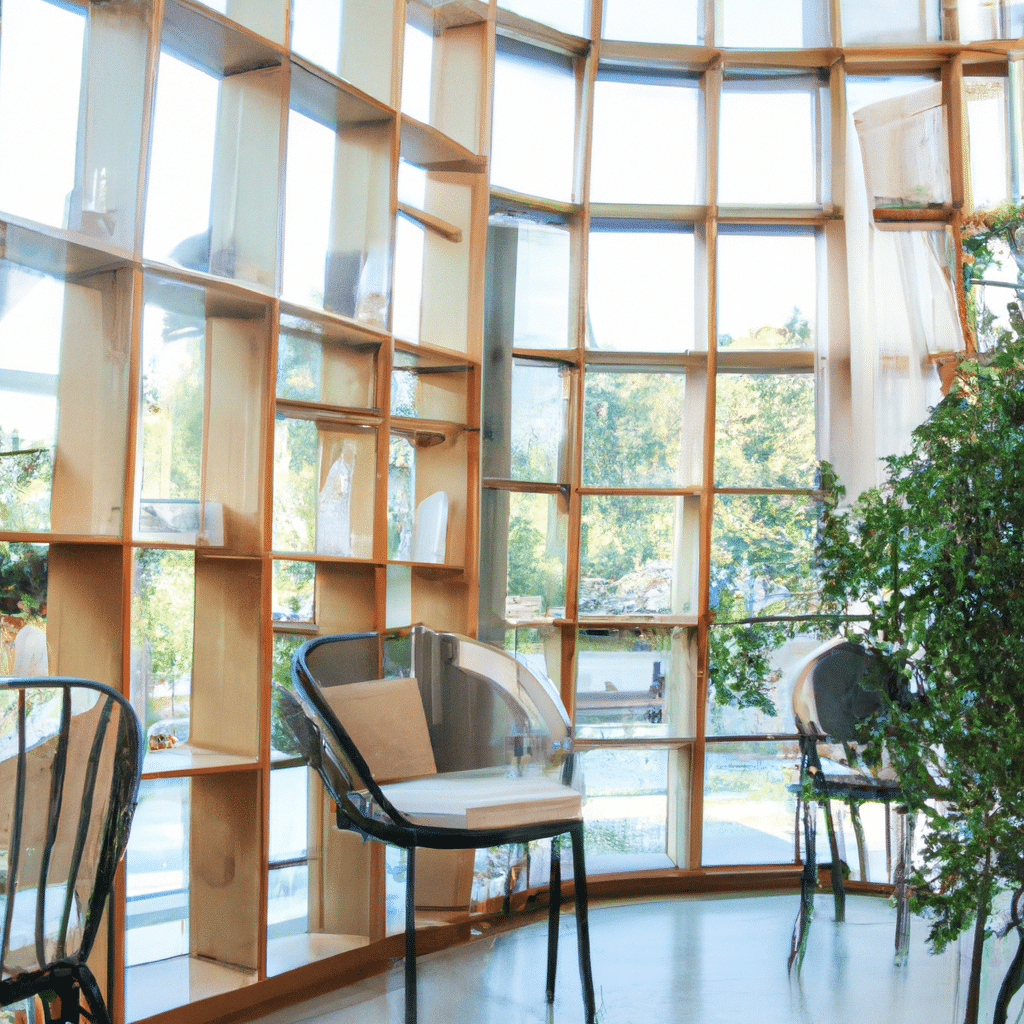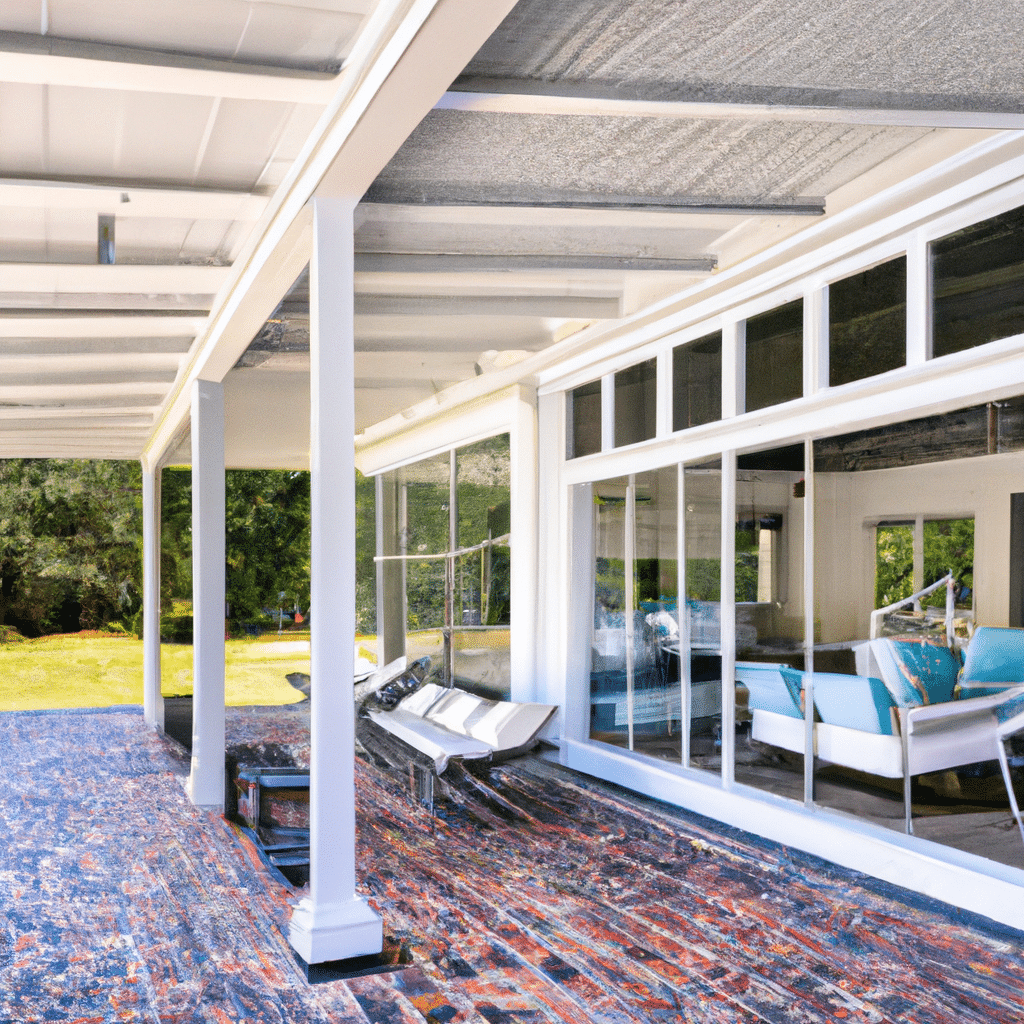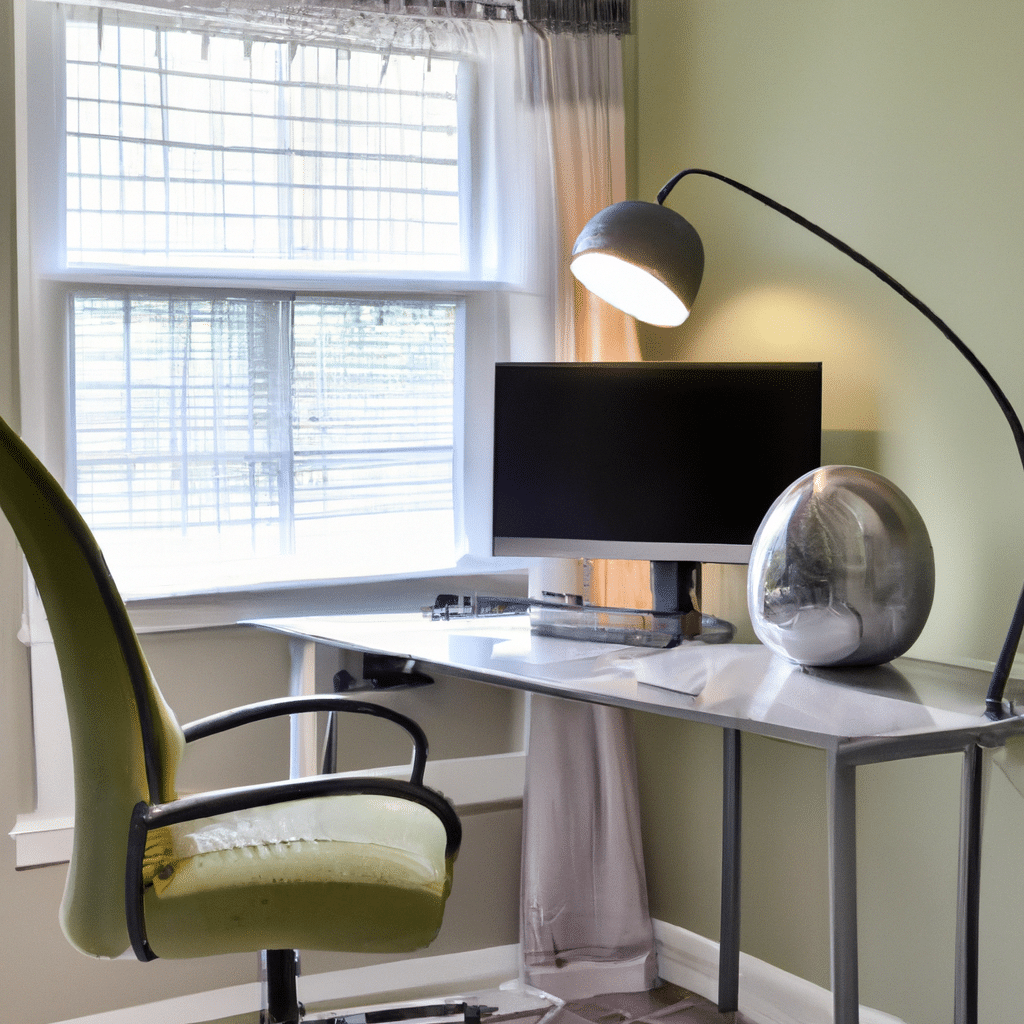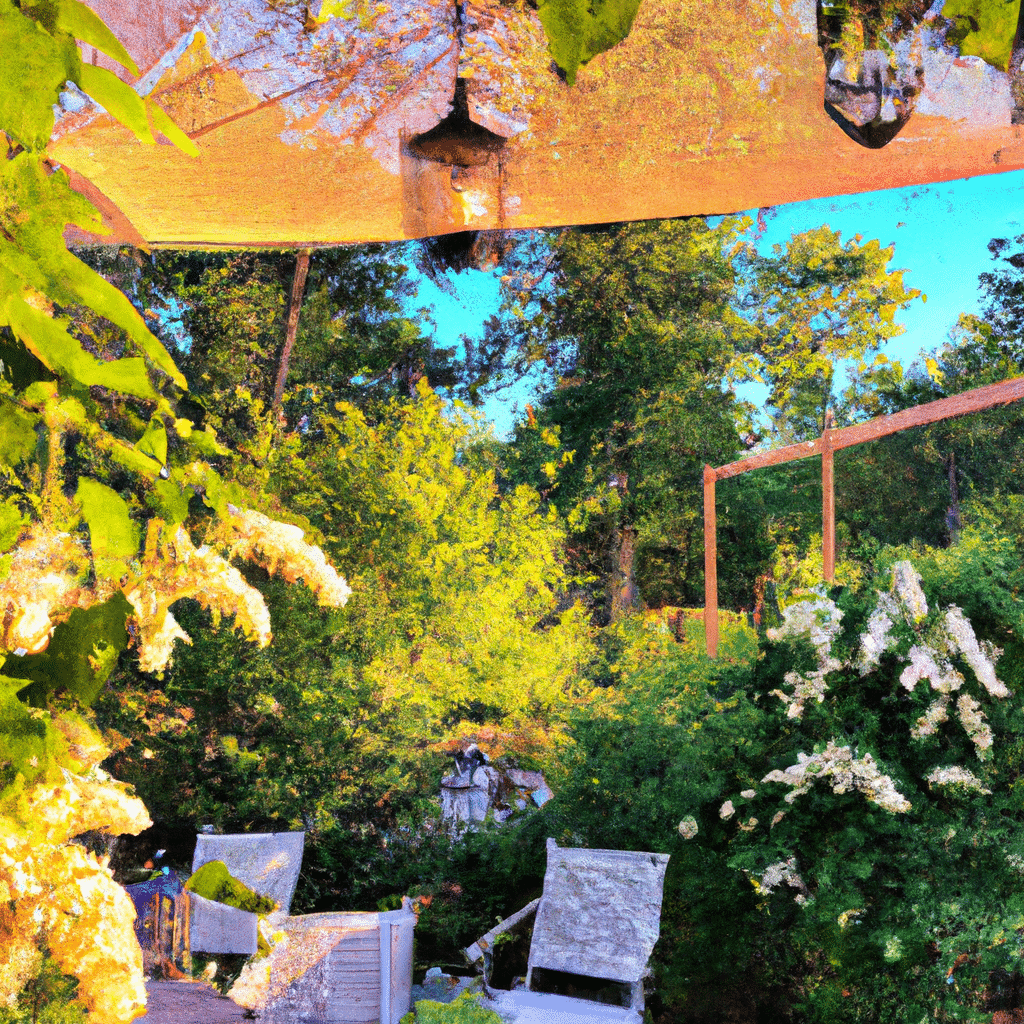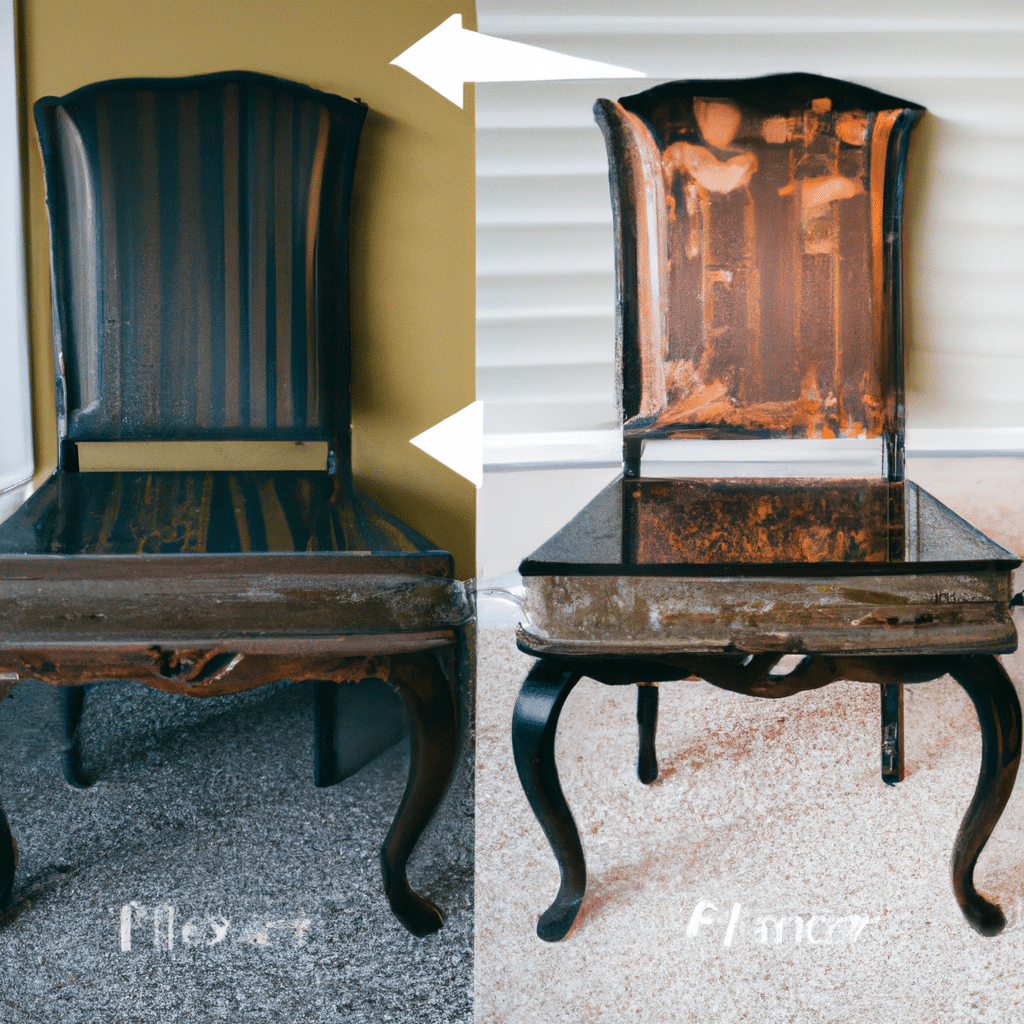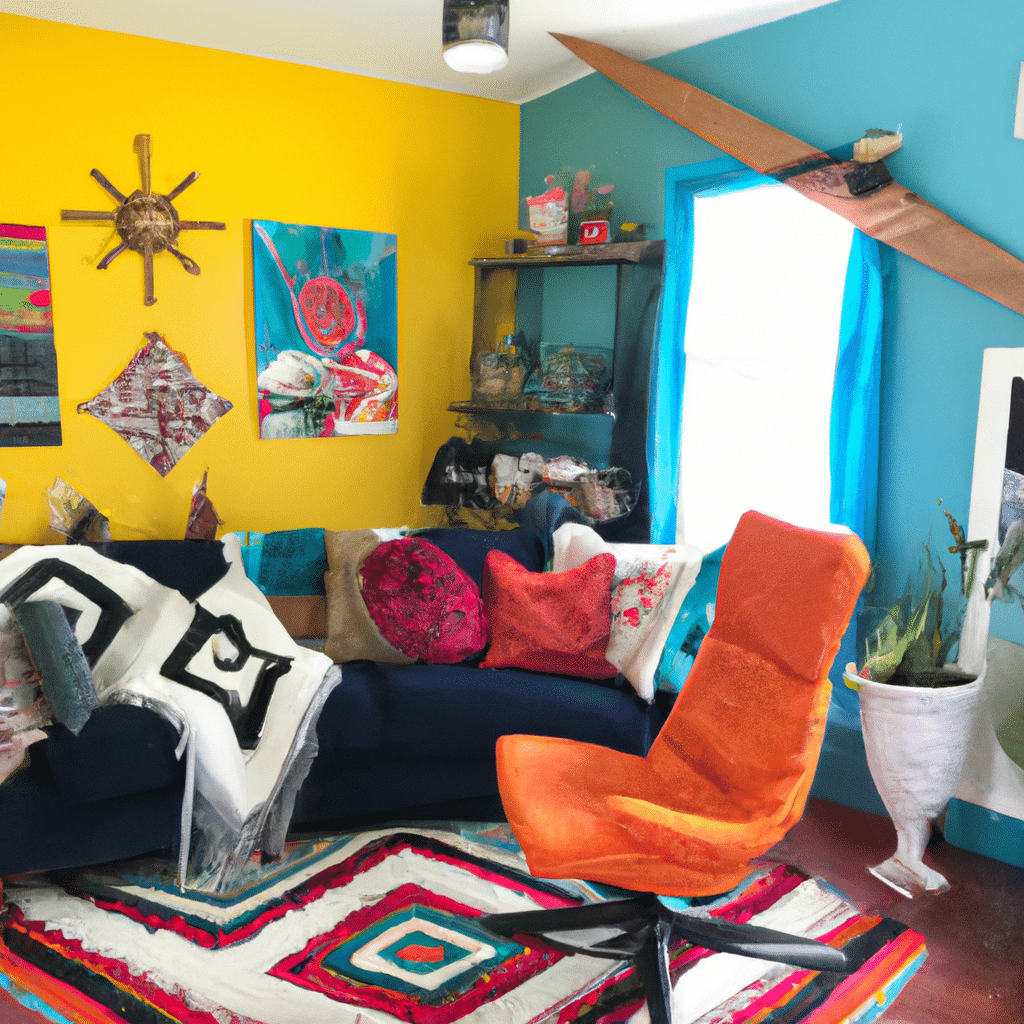Welcome to our comprehensive guide on biophilic design and how it can transform your home. In this article, we will explore the concept of biophilia, its benefits, and practical ways to incorporate nature into your living spaces. By the end, you’ll have a deeper understanding of how biophilic design can enhance your well-being, connection to nature, and create a harmonious atmosphere in your home.
What is Biophilic Design?
Biophilic design is an innovative approach that seeks to connect people with nature by integrating natural elements into the built environment. It acknowledges our inherent affinity for nature and recognizes the positive impact it has on our physical and mental well-being. By incorporating elements such as natural light, plants, water features, and organic materials, biophilic design aims to create spaces that promote health, happiness, and productivity.
The Benefits of Biophilic Design
There are numerous benefits associated with biophilic design, both for individuals and the environment. Let’s delve into some of the key advantages:
- Improved Well-being: Studies have shown that exposure to nature and natural elements can reduce stress, improve mood, and enhance overall well-being. Biophilic design brings these benefits into our indoor spaces, creating a calming and rejuvenating environment.
- Enhanced Productivity: Incorporating biophilic elements in workspaces has been linked to increased productivity, creativity, and concentration. The presence of nature-inspired elements can help reduce mental fatigue and improve focus, leading to higher performance levels.
- Better Air Quality: Indoor air pollution is a significant concern in modern homes. By incorporating plants and natural ventilation systems, biophilic design helps improve air quality by filtering out harmful toxins and increasing oxygen levels.
- Stress Reduction: The presence of nature in our surroundings has a profound impact on stress reduction. Biophilic design promotes relaxation and tranquility, allowing us to unwind and recharge in a natural setting.
- Connection to Nature: In today’s fast-paced world, it’s easy to lose touch with nature. Biophilic design helps bridge this gap by creating a connection to the natural world, even within urban environments. It reminds us of our inherent connection to the Earth and fosters a sense of stewardship.
Incorporating Biophilic Design Elements
Now that we understand the benefits of biophilic design, let’s explore some practical ways to incorporate these elements into your home.
1. Natural Light
Maximizing natural light is an essential aspect of biophilic design. It not only reduces the need for artificial lighting but also enhances the overall ambiance of your living spaces. Consider using skylights, large windows, or light wells to bring in as much natural light as possible. This creates a sense of openness and allows for a seamless connection between indoor and outdoor spaces.
2. Indoor Plants and Vertical Gardens
One of the easiest ways to incorporate biophilic design is by introducing indoor plants. Plants not only add a touch of greenery but also help purify the air and create a calming atmosphere. Choose a variety of plants with different shapes, sizes, and textures to create visual interest. Additionally, consider installing vertical gardens or living walls to maximize the presence of nature in your home.
3. Natural Materials
When it comes to biophilic design, the use of natural materials is key. Incorporate materials such as wood, stone, bamboo, or cork flooring to create a warm and inviting ambiance. These materials not only add visual appeal but also evoke a sense of connection to the natural world.
4. Water Features
Water features, such as indoor fountains or small ponds, can have a soothing effect on our well-being. The sound of flowing water creates a sense of tranquility and adds a dynamic element to your living spaces. Consider incorporating water features in areas where you spend the most time, such as the living room or bedroom.
5. Views of Nature
If you’re fortunate enough to have a picturesque view outside your home, make the most of it. Orient your furniture to maximize views of nature, whether it be a garden, park, or mountains. If you don’t have access to natural scenery, consider creating a green space or courtyard that can be enjoyed from various rooms within your home.
6. Natural Colors and Textures
Choose paint colors and textures that mimic nature’s palette. Earth tones, shades of green, and soft, natural hues create a calming and harmonious environment. Additionally, incorporate natural textures such as woven fabrics, organic materials, and textures inspired by the outdoors.
7. Biophilic Art and Decor
Enhance your biophilic design by incorporating artwork and decor inspired by nature. Paintings, photographs, or sculptures depicting natural landscapes or flora and fauna can create a sense of connection to the outdoors. Additionally, consider using materials like driftwood, seashells, or natural fibers in your decor to further enhance the biophilic atmosphere.
Conclusion
Incorporating biophilic design into your home can have a transformative effect on your well-being and overall quality of life. By embracing our innate connection to nature and bringing it indoors, you can create a harmonious sanctuary that promotes health, happiness, and productivity. From maximizing natural light to incorporating indoor plants and natural materials, there are countless ways to infuse your home with the beauty and serenity of nature. So why wait? Start transforming your home with biophilic design today and experience the remarkable benefits it brings.


